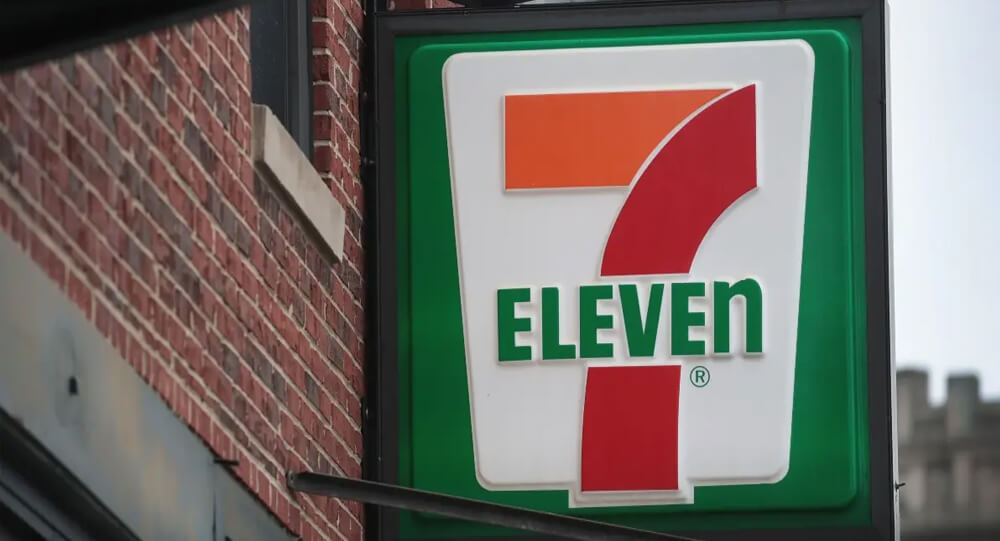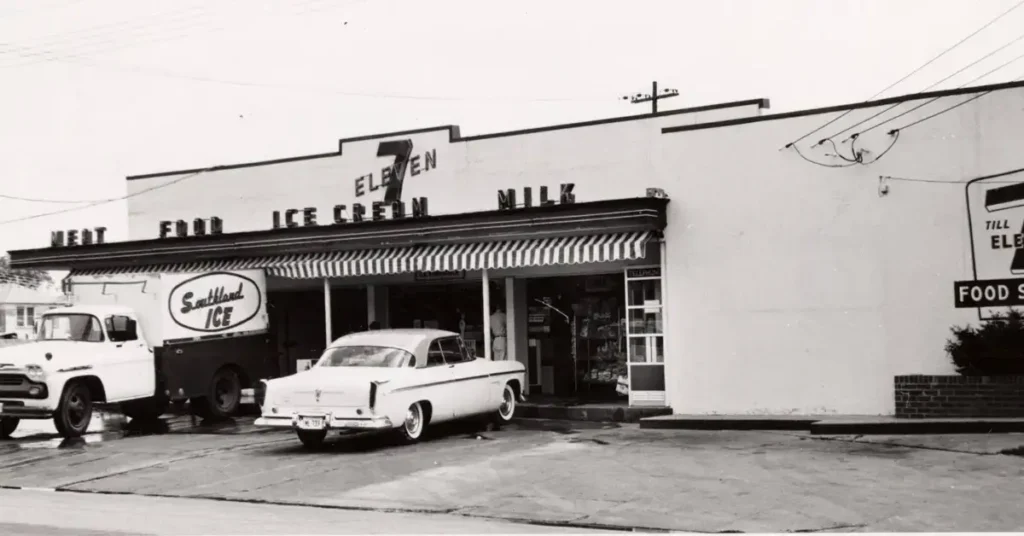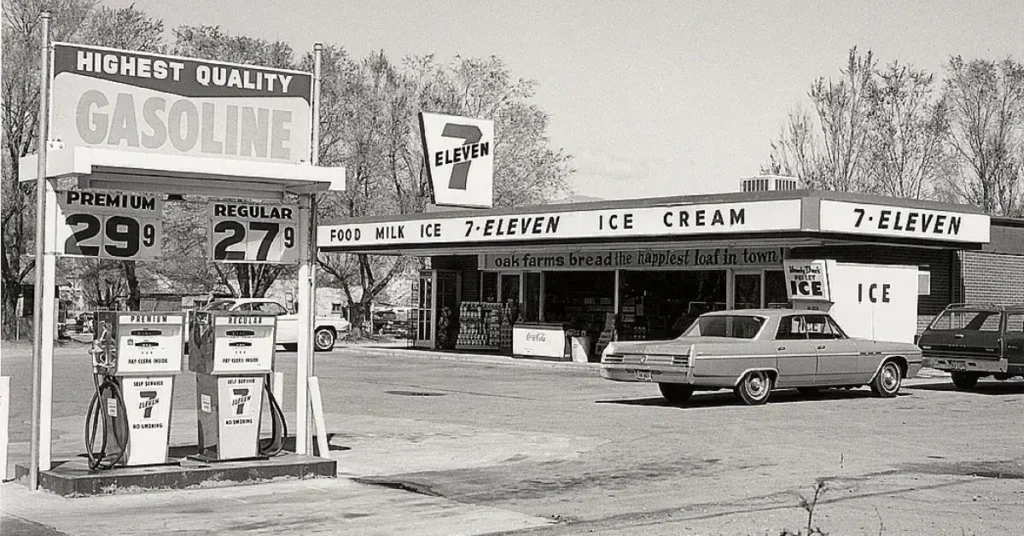
When done correctly, a company’s logo can act as its calling card. We frequently associate a brand more with its symbol than its name, whether it’s the apple in Apple or a particular way of writing it, like Google’s use of color. There are moments when we become so accustomed to a logo that we fail to recognize its oddities. Consider the logo for 7-Eleven. Why is 7-Eleven’s “N” lowercase? Take a slurpee and join me in the action.
Why is the 7-Eleven logo’s lowercase “N” there?
In September 2021, a representative of the 24-hour convenience store discussed their recognizable emblem with Reader’s Digest. The word “eleven” in 7-Eleven was capitalized in its initial form. Regretfully, the 7-Eleven representative was clueless as to why the word “eleven” was written through the number seven, referencing the store’s former name, but seven is still a numeral.

The Southland Ice Company started it all in 1937 by bringing beer and groceries into its icehouses. These locations started as convenience stores called Tote’m stores because this concept was so popular. The word “tote” referred to the act of customers “toting” away their winnings. Tote’m’s T was a totem pole. The word eleven through the number seven was a reference to this shape when the store was renamed. The original 7-Eleven logo featured a green four-leaf clover, which was supposed to represent both good fortune and luck.
Sadly, the lowercase N remains enigmatic, despite the 7-Eleven spokesperson’s theory. President of Southland Joe C. “Jodie” Thompson received an updated, colorless logo in place of the four-leaf clover, which he had requested. That was in 1968, and it was not the one we know today. On the previous version, N was the only thing that changed. According to theory, Joe’s wife thought the logo would look more elegant with a lowercase N. She was, somehow, correct.

How did 7-Eleven come to be known?
With locations across the nation, Southland Ice Company dominated the convenience store industry in 1946. Moreover, Southland Ice Company stores were still there. In order to come up with a single name that would apply to them all, they hired Tracey-Locke Advertising. The store had recently opened for business at seven in the morning. till eleven p.m. Why not give this new direction a name?
This continued for eighteen years, ending in 1963 when 7-Eleven again modified its hours to the always-open schedule that we are all familiar with. So, how did this end up happening? This particular store did so well that it decided to make this its permanent hours, with the other locations following. According to the story, “a location near the University of Texas decided to stay open past 11 to accommodate students shopping after a late football game.” You aware of the proverb “Always be closing”? Well, 7-Eleven demonstrated that the best approach is to never close.



